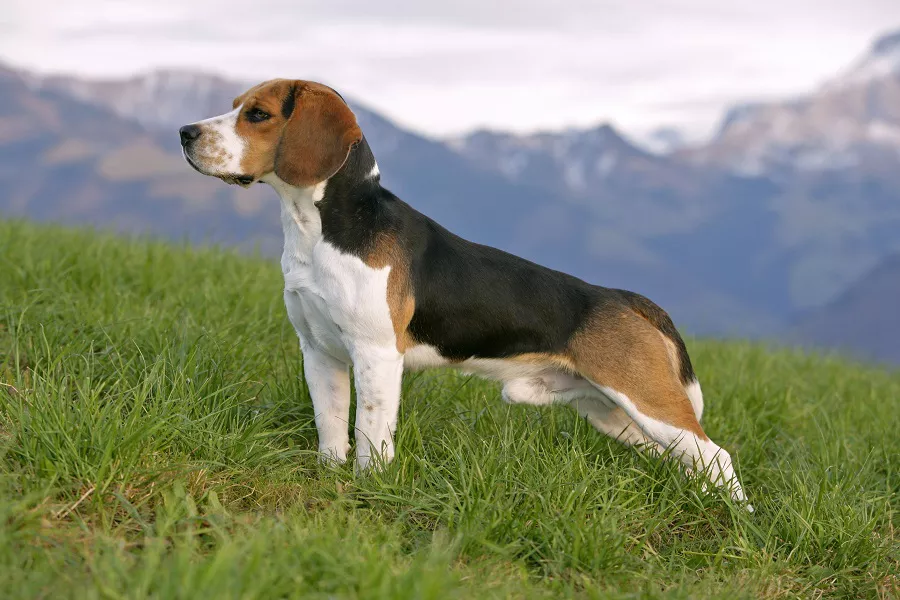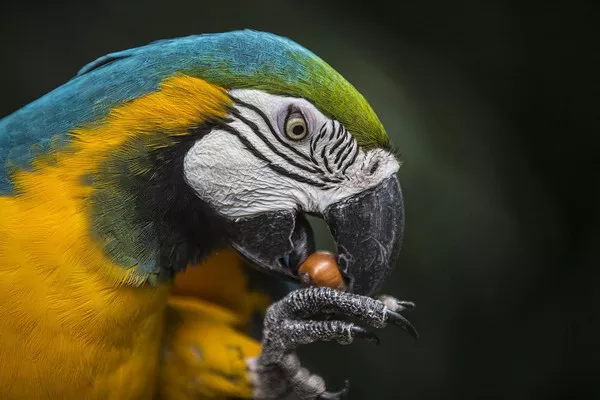What is basenji?
The Basenji is a hunting dog. The Basenji is a small, short-haired hound from Africa. The back is short and the body structure appears very light, with the legs slightly longer for the length of the dog. The head is long wrinkled and held proudly, the head is supported by a rounded neck, and the tail is set high on the rump and curled. With a refined and graceful temperament, it appears harmonious, curious and alert. The musculature is smooth due to the overall balance of the body, resulting in light and agile movements. The Basenji is used for hunting through its own sense of sight and smell.
What does a basenji look like?
The Basenji is a small, short-haired dog, usually with a ring of white fur around the neck and four white paws. The ears are erect, the tail is rolled up, and the legs are mostly slender. The weight is about 10 kg and the height is about 40 cm. Basenji, English name Basenji, is a hunting dog. The height is 40-43 cm, the weight is about 9.5-11 kg, and the life span is 10-12 years. The Basenji has a strong appearance, smooth body parts, beautiful shape, deep wrinkles on the head, tapering from the eyes to the nose, moderate length, black nose, and neat cheeks. The ears are erect, short and pointed; the body is medium in length, the back is straight, the chest is slightly wide and flared, and the belly is concave upwards. The limbs are strong, and the muscles are well-proportioned and strong. The heel is set high, close to the back, and curled upward. It has fine short hair, and the hair color is black, exhausted, white, black and white, brown and white and other colors. All parts of the body are smooth and beautiful in shape. Barking is rare and peculiar. Due to the instinct to live in groups, it also has a tendency to dominate other dogs. If living with other dogs, there will inevitably be small competitions or fights before the dominance is determined. The dog’s physique is prone to obesity, and he must do certain exercise every day to maintain his figure.
basenji living habits
The Basenji has a competitive and playful personality and is energetic, kind to people and likes to be close to people. Occasional indifference to strangers. Since this dog lives in groups, it has leadership. The Basenji is very curious and sometimes just likes to take a walk around the house. The Basenji is neat and clean, washing his face like a cat. Since this kind of dog belongs to the type of body fat, it needs to exercise every day. The Basenji is strong in appearance, smooth in all parts of the body, beautiful in shape, with deep wrinkles on the head, tapering from the eyes to the nose, moderate length, black nose, and neat cheeks. The ears are erect, short and pointed; the body is medium in length, the back is straight, the chest is slightly wide and flared, and the belly is concave upwards. The limbs are strong, and the muscles are well-proportioned and strong. The heel is set high, close to the back, and curled upward. It has fine short hair, and the hair color is black, exhausted, white, black and white, brown and white. All parts of the body are smooth and beautiful in shape. Barking is rare and peculiar.
Basenjis are curious, clean, and wash their faces with their forelimbs just like cats do. The personality is lively and naughty, competitive, energetic, and treats people kindly and likes to be close to people. Due to the instinct to live in groups, it also has a tendency to dominate other dogs. If living with other dogs, there will inevitably be small competitions or fights before the dominance is determined. The dog’s physique is prone to obesity, and he must do certain exercise every day to maintain his figure.
basenji rearing
Feeding requirements Basenji is originally a hunting dog breed, so moderate exercise is a necessary guarantee for its healthy growth and development. The dog’s skin is wrinkled, easy to hide bacteria and have skin diseases such as scabies. Special attention should be paid to daily cleaning and hygiene, and more bathing in summer. In feeding and management, the food supply must be appropriate, and neither more nor less is achieved. If it is less, it will affect growth and development, lose its lively and lovely image, and even become morbid; if it is too much, it will gain weight, become dull and lazy, and lose its agility and agility.
The daily feed should contain 300-350 grams of meat, and be supplemented with vegetarian food such as oatmeal and sugar-free biscuits. The weight is similar to the amount of meat. Meat should be cooked first, cut into small pieces, mixed with vegetarian material (cooked) and fed with water. Meat must be fresh, and cooking utensils and troughs must be washed to ensure food hygiene.
Clean drinking water should be supplied 1-2 times a day, and it should be increased appropriately in summer. The kennel should be selected in a sheltered, dry and clean place, and should be cleaned and disinfected frequently.
The Basenji was originally a hunting dog and likes to be active at ordinary times, so it should be taken out for a walk and let it run and jump freely every day. Appropriate amount of exercise can promote its growth and development, strong and healthy.
What makes this dog different is that there are folds on the head and neck, which are easy to accumulate and hide bacteria, so in addition to brushing its coat frequently and removing dirt, it should also be bathed more often. Especially in summer, it should be washed every day or every other day, especially the crease.
It is necessary to regularly train it so that it can develop a good habit of obeying the master’s call and obeying the master’s command, and let it know how to tear clothes, curtains, sofas and other items in the house without teeth and claws, and let it know how to love cleaning. Hygienic, do not let dirt get on the body and fix the point of urinating or urinating.
Every 5-7 days, it is necessary to remove tartar, earwax and eye wax for it. Always wash your eyes with warm water to prevent ophthalmia and other diseases. The claws should also be trimmed regularly to facilitate walking briskly and avoid scratching the human body.
In daily feeding, pay close attention to whether it has abnormal state, loss of appetite, thin stool, fever or excessive dryness of the nose pad. If any abnormal state or signs of illness are found, treatment measures should be taken immediately to avoid form a serious illness.


























